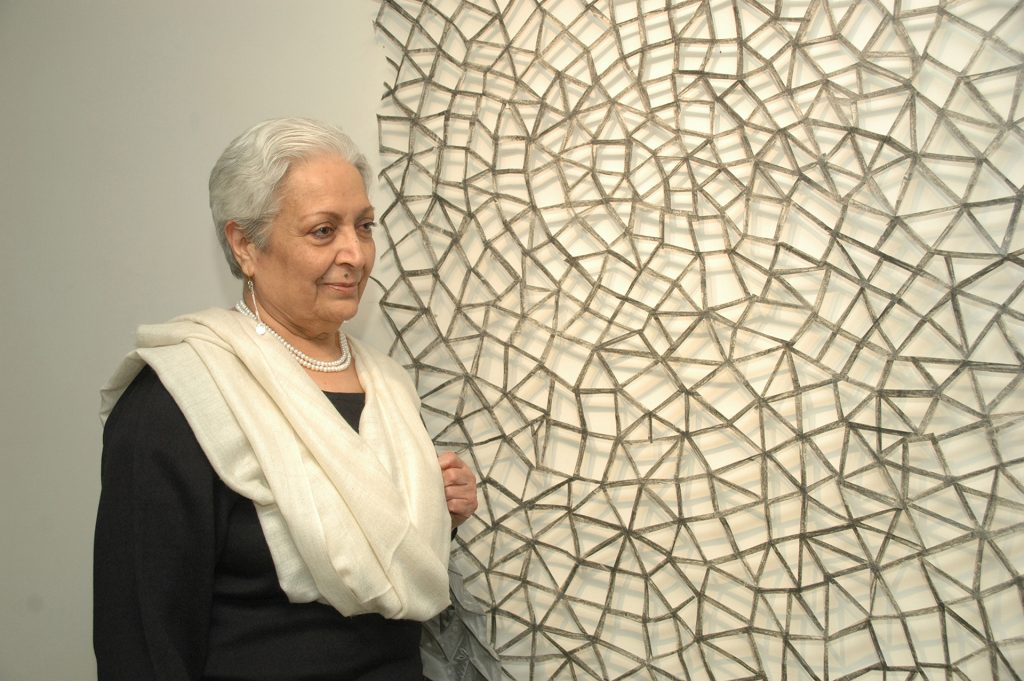Zarina Hashmi
Zarina Hashmi was an Indian American artist who left an indelible mark on the art world. Celebrated for her contributions to the minimalist art movement, Hashmi’s profound exploration of concepts such as home, identity, displacement, borders, and memory continues to captivate audiences globally. On her 86th birthday, New York-based artist, Tara Anand created Zarina Hashmi Google Doodle games, which graced the browser’s cover for July 16th 2023. Zarina Hashmi’s artistic legacy is an inspiration to migrants around the world.
Early Life and Journey
Zarina Hashmi was born on July 16, 1937, in Aligarh, India. Her life took a significant turn during the partition of India in 1947, when her family was uprooted and compelled to relocate to Karachi, Pakistan. This experience of displacement and the search for a sense of belonging would deeply influence Zarina Hashmi artworks. In her early twenties, Zarina Hashmi married a foreign service diplomat, embarking on a journey that took her to various parts of the world. Her travels exposed her to diverse artistic influences in cities such as Bangkok, Paris, and Japan, where she delved into the realm of printmaking and explored art movements like modernism and abstraction.

Courtesy – Google Doodles
Zarina Hashmi eventually settled in New York City in 1977, where she became a passionate advocate for women and artists of colour. Joining the Heresies Collective, a feminist publication exploring art, politics, and social justice, Hashmi played an active role in promoting equality within the art world. Her involvement with the New York Feminist Art Institute further demonstrated her commitment to empowering female artists and advocating for equal educational opportunities.
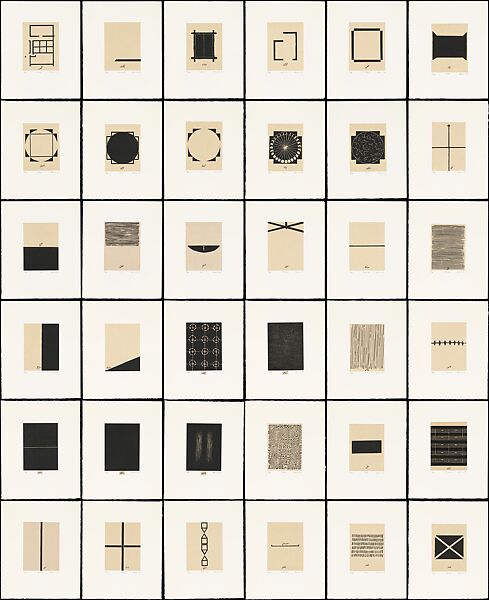
Courtesy – The Metropolitan Museum of Art
Zarina Hashmi Artwork Style
Quintessential Zarina Hashmi artworks are characterised by striking woodcuts and intaglio prints, often blending semi-abstract depictions of the houses and cities she had resided in. Inspired by Islamic art and incorporating inscriptions in her native Urdu, her works featured captivating geometric elements. Urdu poetry also informs Zarina Hashmi’s art style, both conceptually and aesthetically. For example in Zarina Hashmi prints, ‘Letters from Home,’ she incorporates Faiz Ahmed Faiz’s verses. This lyrical quality infuses into her art making it an original visual Zarina Hashmi poetry filled with introspection and emotional richness.
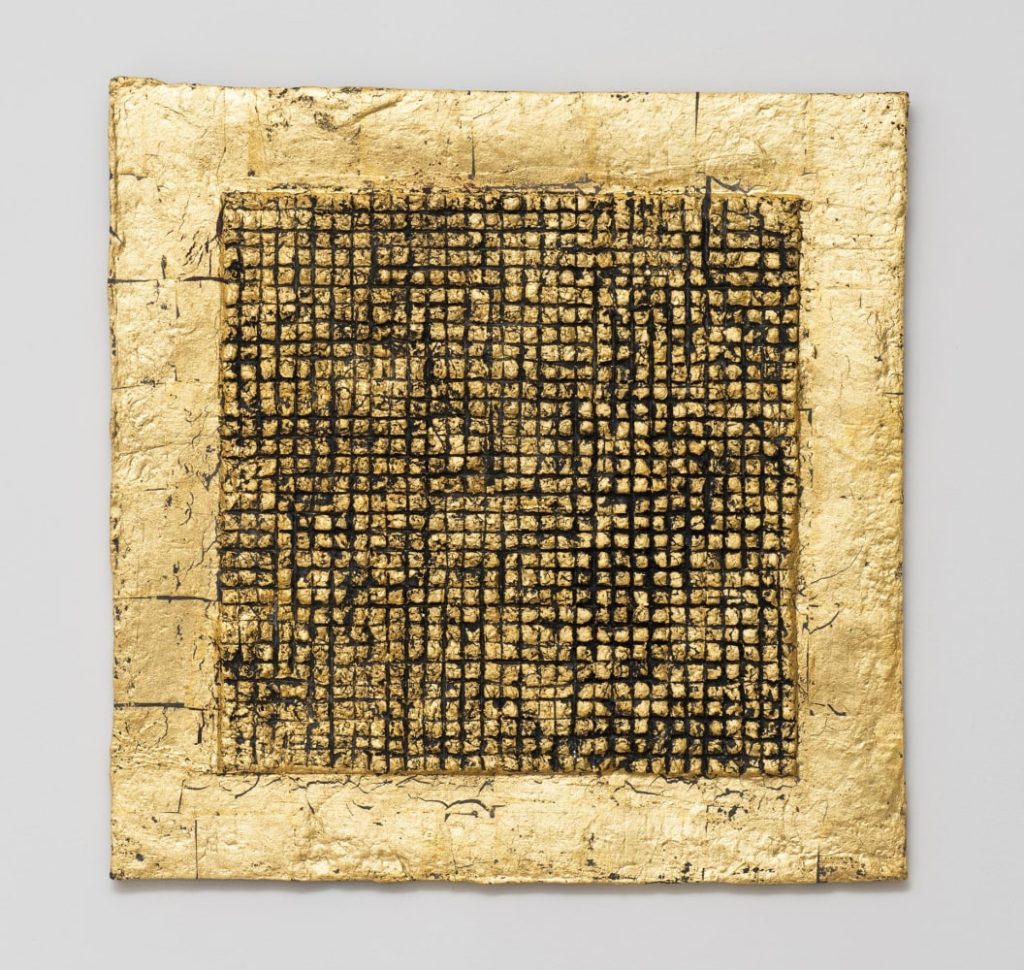
Courtesy – Luhring Augustine
In one of Zarina Hashmi prints, ‘Home Is a Foreign Place,’ she uses woodcutting to create intricate patterns and textures that resonate with complex subject matter. Zarina Hashmi art revolves around the themes of migration, borders, and the impact of geographical and cultural displacement. Recurring motifs in her oeuvre include maps, architectural elements, and symbolic representations of home, amalgamating to construct a deeply personal visual vocabulary, which is successful in connecting similar human experiences. Her use of a limited colour palette is often dominated by earthy tones, which enhances the emotional appeal of her work.
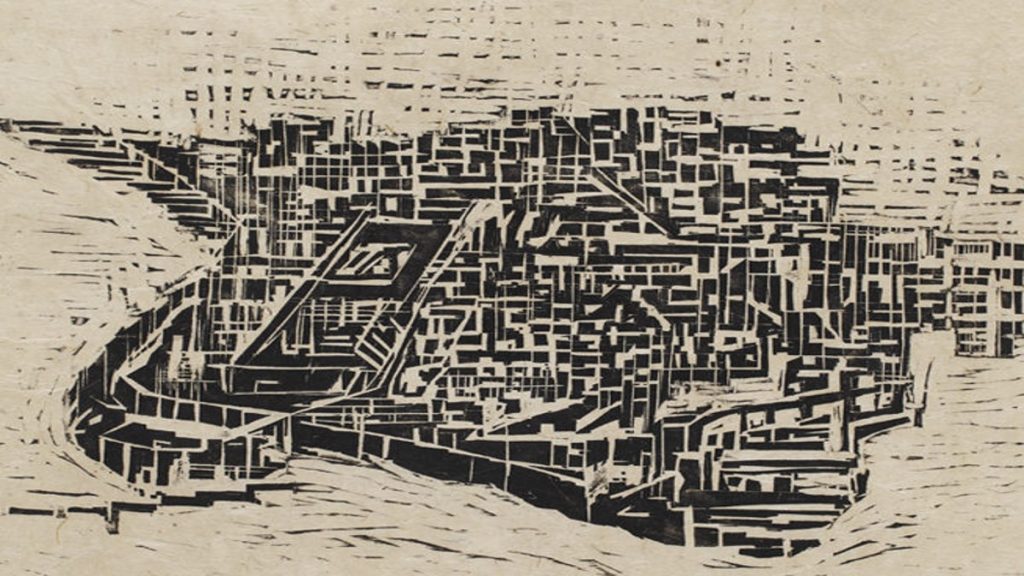
Today, Zarina Hashmi art is housed in esteemed galleries worldwide, including the San Francisco Museum of Modern Art, the Whitney Museum of American Art, the Solomon R. Guggenheim Museum, and the Metropolitan Museum of Art. The coveted Zarina Hashmi prints remain a testament to her ability to evoke contemplation and inspiration among viewers. Even after her death (25 April 2020) Zarina Hashmi books have given a retrospective on the artist’s style and concepts.
Zarina Hashmi Atlas of My World
Zarina Hashmi’s ‘Atlas of My World’ stands out as a testament to her distinctive artistic vision. This piece, created in 2001, combines woodcut and letterpress to depict a series of maps intricately layered with lines, symbols, and text. The maps serve as a metaphor for Zarina Hashmi’s exploration of her own identity, tracing the contours of her life experiences across different places and cultures. The choice of the atlas as a format implies a systematic and comprehensive examination of geography, reflecting a deep introspection into the interconnectedness of places and cultures.
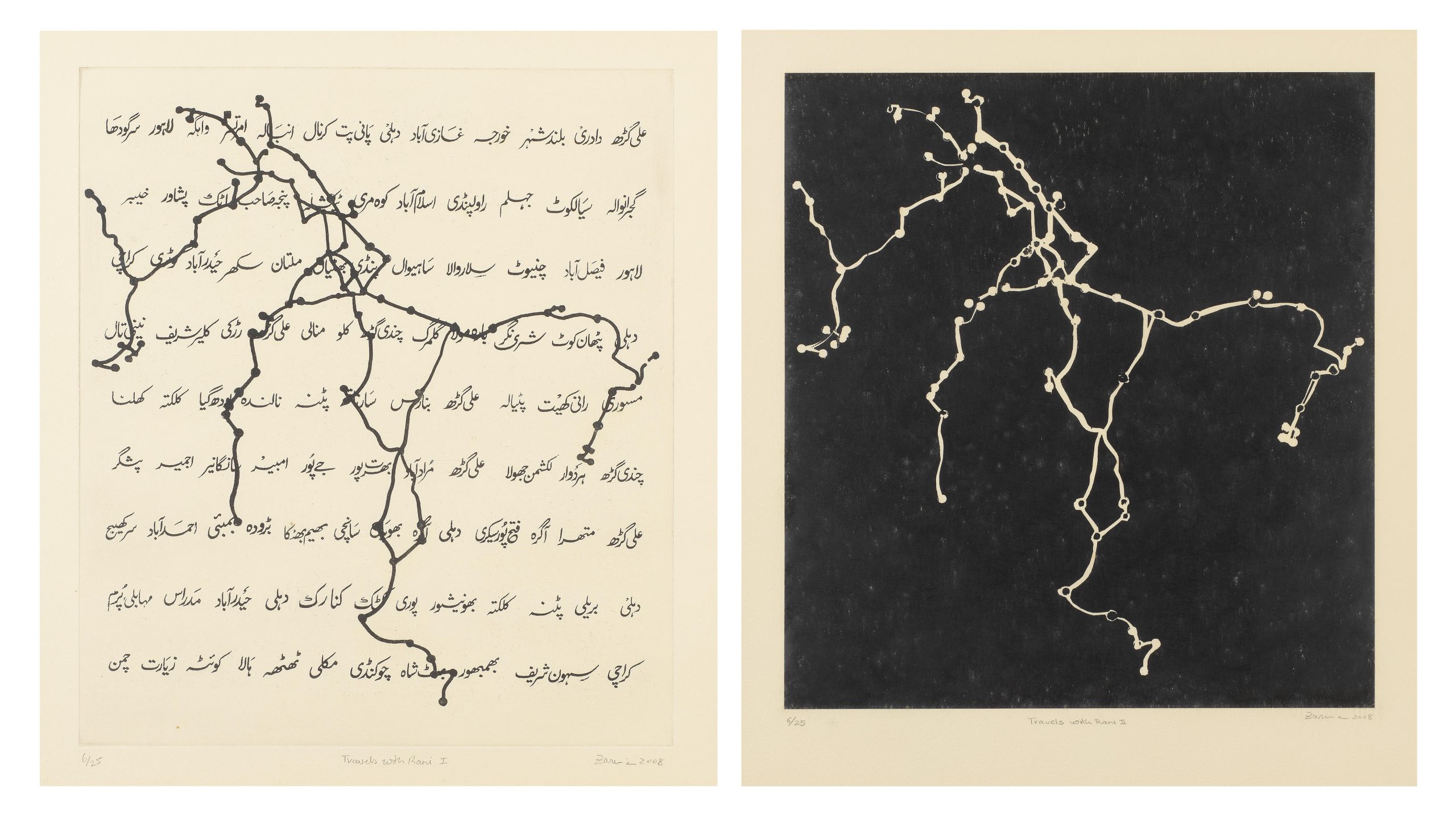
Courtesy – MutualArt
In this Zarina Hashmi artwork, the lines on the maps, at times blurred and fragmented, suggest the fluid and dynamic nature of personal narratives, emphasizing that identity is not fixed but rather an evolving, interconnected web of experiences. The subdued colours evoke a sense of nostalgia and contemplation, reinforcing the introspective nature of the work.
Zarina Hashmi Dividing Line
Another significant Zarina Hashmi art is ‘Dividing Line’ (2001), where Hashmi employs woodcut and Chine-collé techniques to create a powerful visual representation of borders and divisions. The use of a bold, dark line cutting through the composition symbolizes the arbitrary nature of political boundaries and their impact on human lives. At the centre of perhaps the most notable Zarina Hashmi prints, is a bold, dark line that cuts through the composition; a visual representation of political borders and divisions. This Zarina Hashmi artwork conveys the arbitrary nature of these boundaries and their impact on the lives of individuals. A singular line is effective; creating tension that mirrors the implications of borders.
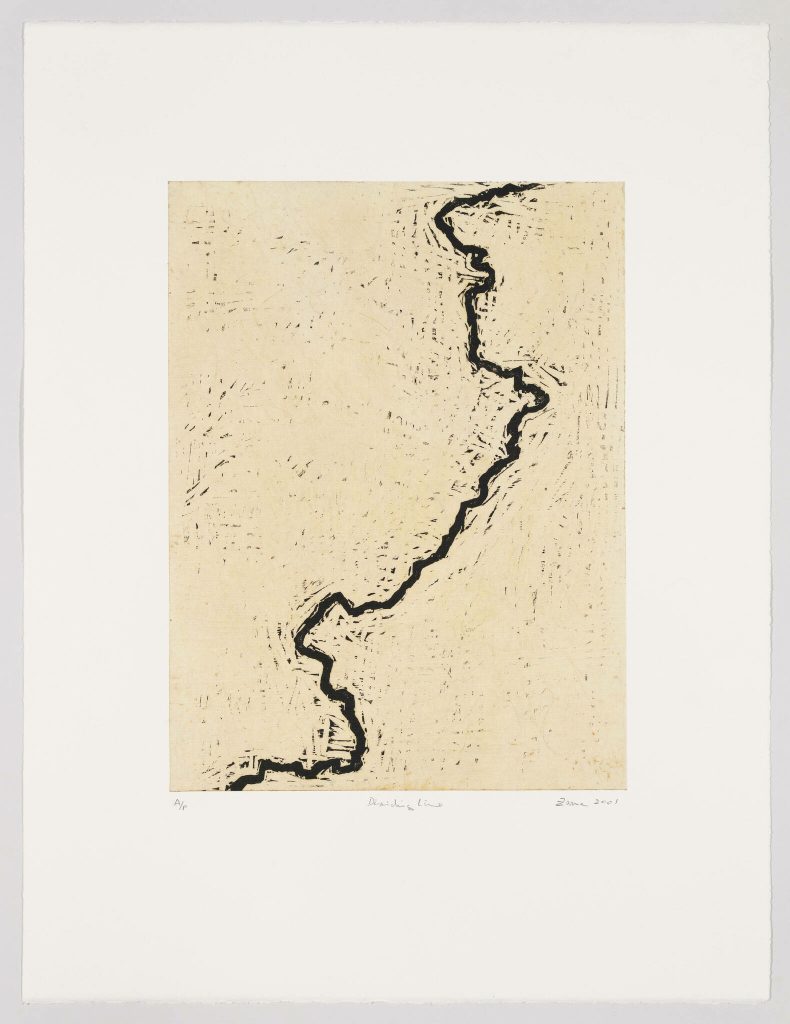
Courtesy – Whitney Museum of American Art
Today we celebrate the impact of Zarina Hashmi paintings on minimalist art and her contributions to the art world. Through her exploration of personal and universal themes, she continues to inspire audiences globally. As Zarina Hashmi artwork finds a place in prestigious galleries and museums, her profound legacy lives on, serving as a reminder of the power of art to transcend time and space and connect us all.
Zarina Hashmi Letters From Home
Zarina Hasmi’s ‘Letters from Home’ (2004) features eight monochromatic woodblock and metalcut prints, created using original Urdu letters that her sister Rani had written to her. She created printing plates from the letters, which she then used to print on handmade Kozo paper. Then, using a woodblock print, the letter imprint was encircled by the outline of a house, a floor plan, and a map. Hashmi’s work heavily relies on text, and the incorporation of characters written in her native Urdu serves as a reminder of the geopolitical specificity of her identity and cultural heritage. Letters from Home serves as a declaration of post-partition defiance as well as an assertion of personal identity, considering the relative decline of Urdu literature in pre-partition India.
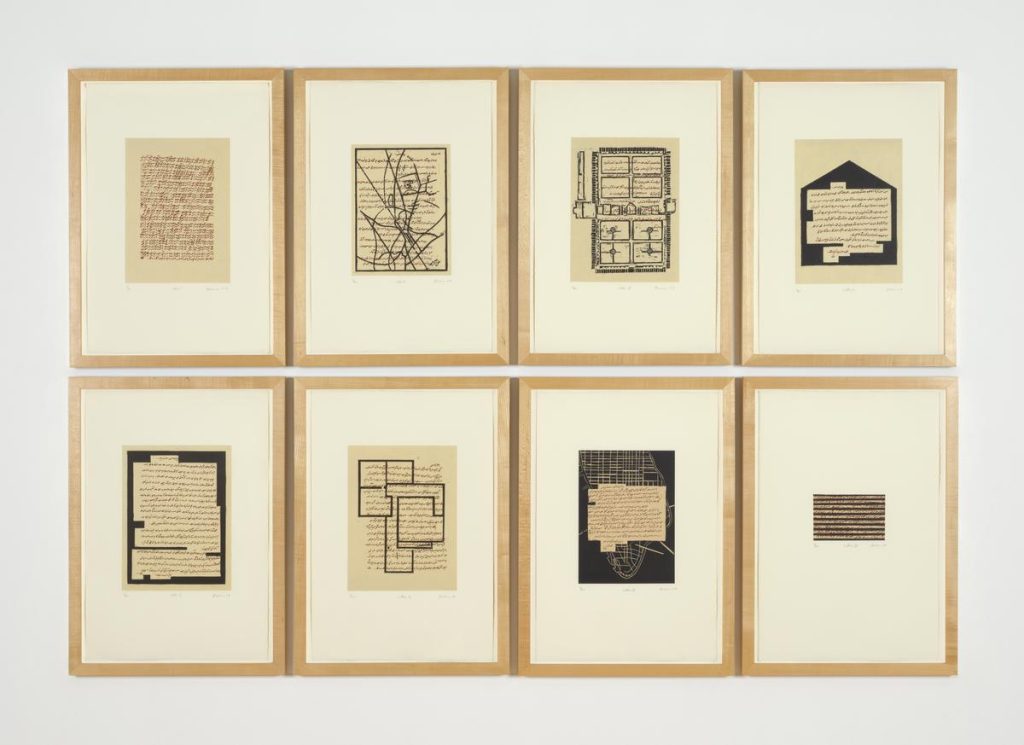
Courtesy – Tate
The Zarina Hashmi prints are based on a variety of sources, including her travels and her early years spent in pre-partition India. The letters are printed with addresses, floor plans, and travel routes, presenting Hashmi’s life as an atlas that is both a record of firsthand knowledge and a universal document. Here, Hashmi establishes a haven of comfort in a strange place by depicting memories. The Zarina Hashmi artwork is a reminder of her dislocated status. It serves as a journal of the activities of the family she left behind and shares her experience of being away from home and loved ones.
Image Courtesy – Gallery Espace

Contributor

